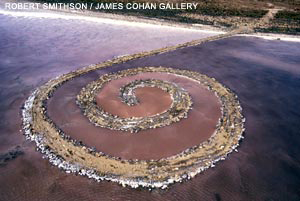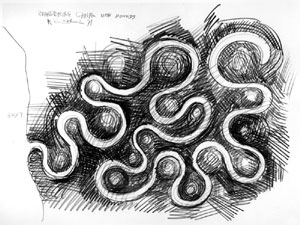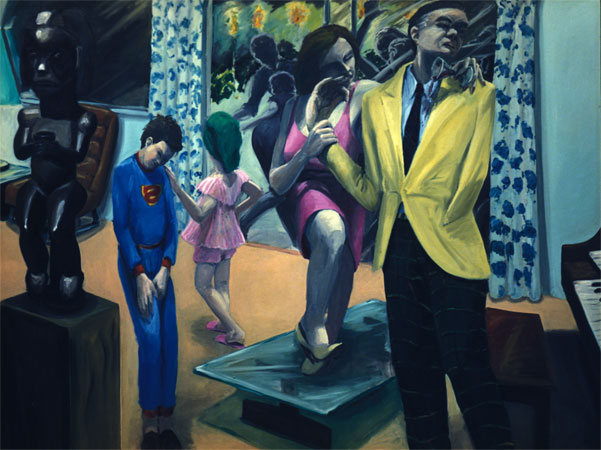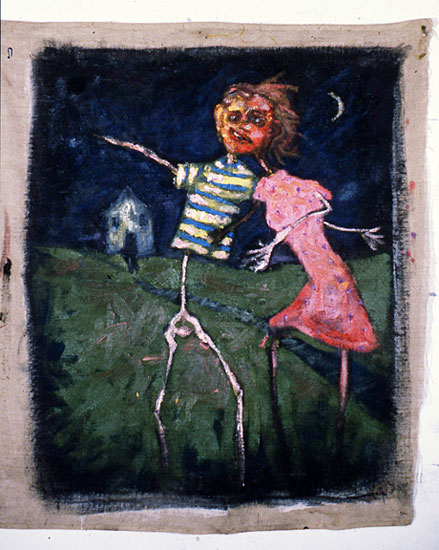
Art in the 1970’s
Art during the “hippie” era was either very bright and optimistic or dramatic and sad. This was partly because people were still in shock about the Vietnam War. People expressed their feelings by painting images of lonely trees or sad faces by a jungle gym. Painting wasn’t the only way people let out their feelings. New forms of art emerged like, photography and film. These methods had been for a while now, but in the 1970’s it was improved to make it easier for beginners to handle equipment.
Neo-expressionism, a style of modern painting, was very popular during the 1970’s. Neo-expressionism focused on portraying simple objects like the human body in an abstract manner. They were referred to as the “new wild ones”. Artist in that field were people like Chuck Connelly and Jean-Michel Basquiat. Graffiti was another important form of art. It was a way that many Hispanic and African-American teens could let go. Hugo Martinez, who founded the United Graffiti Artist in 1972. As I mentioned before, photography was another popular way to show art. Eric Fischl was a major in this art department.
Michael Craig-Martin was an artist, whose passion was graffiti. His parents’ ethnicity influenced the type of art he made. His dad was from Haitian-American and his mother was Puerto Rican. Rene Richard and Andy Warhol discovered his art. Throughout the world he was known for his scribbly, colorful, and original art work. Although some people confused his art for tagging, he made it clear that tagging and graffiti were two separate things. Not only was he loved for his beautiful artwork, but for the way that he changed people’s outlook on graffiti. At the time graffiti wasn’t seen as accepted because people associated it with delinquency, but Craig-Martin helped these people see the beauty in it. He attracted attention to other influential artists.
Robert Smithson was an important artist the 1970’s loved. Smithson was the founder of the modern art movement. He was also an American Minimalist Installation artist. His art wasn’t like the other mentioned, he used different mediums like film. He was a sculptor and focused on the earth, or his “Earthworks”. But his film “Spiral Jetty” in 1970s filmed in the Great Salt Lake made him famous. Shortly after he died in a tragic plane crash in Texas, at age 35, while going to a survey site he regularly visited. His work changed the face of modern art and inspired conceptual artists to become large.
This era was filled with original and optimistic art. A big influence to this new explosion of art was due to the Vietnam War because the death of so many people made people feels the need to forget and escape from the past. Art was a major why they could release their feelings of stress, whether it be by painting, sculpting, filming, or taking amazing pictures of impoverished families. Many people still turn to the art from the 1970’s to get ideas for their own work because it was such a great and original era.Bibliography
“Welcome to RobertSmithson.org” Robert Smithson: Biography.
http://www.robertsmithson.org/biography.php 26 March 2009.“Graffiti.” Wikipedia: The Free Encyclopedia.
http://en.wikipedia.org/wiki/Graffiti 24 March 2009“American Art 1950’s-1970’s.” Pegasus News.
http://www.pegasusnews.com/events/ongoing/92830/ 30 March 30.

Spiral Jetty by Robert Smithson

Wondering Canal with Mounds by Robert Smithson

TIME FOR BED by Erich Fischl

MIDNIGHT MEETING by Chuck Connelly